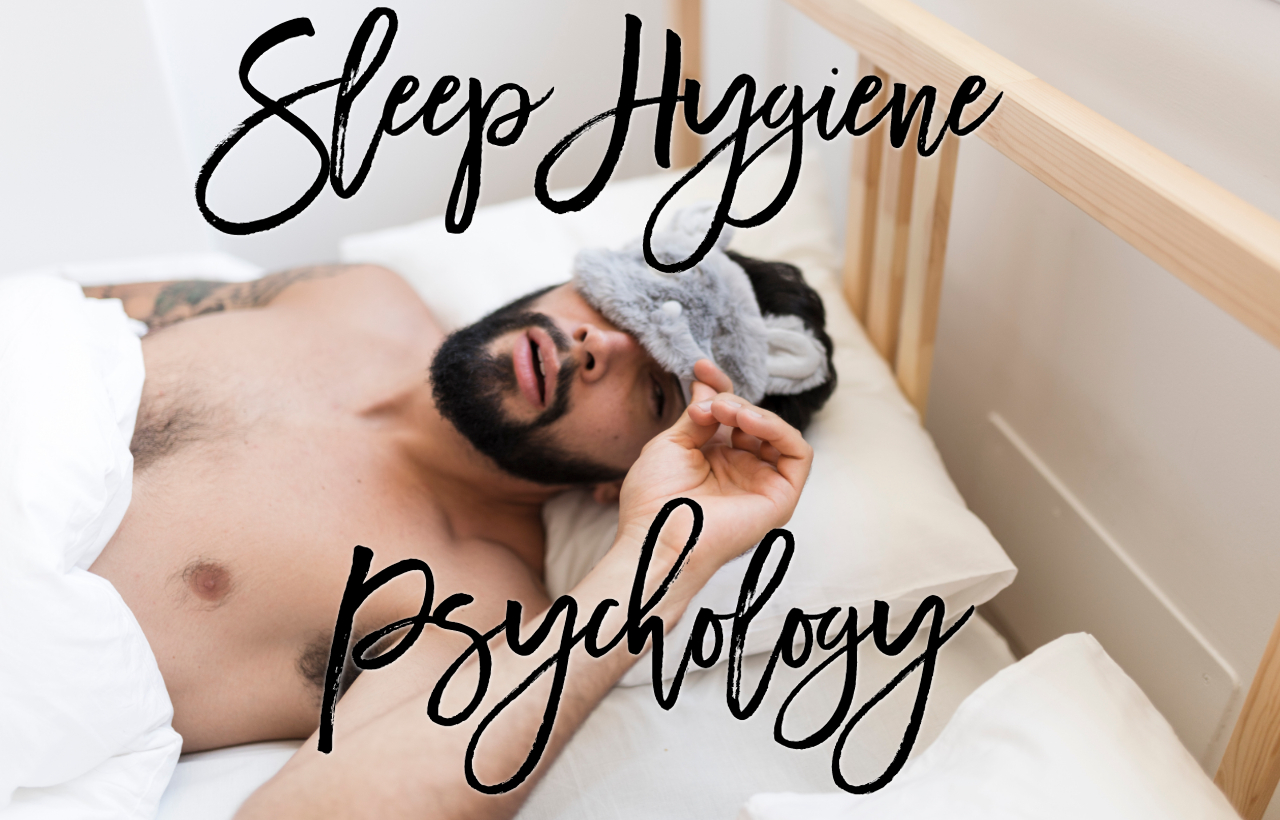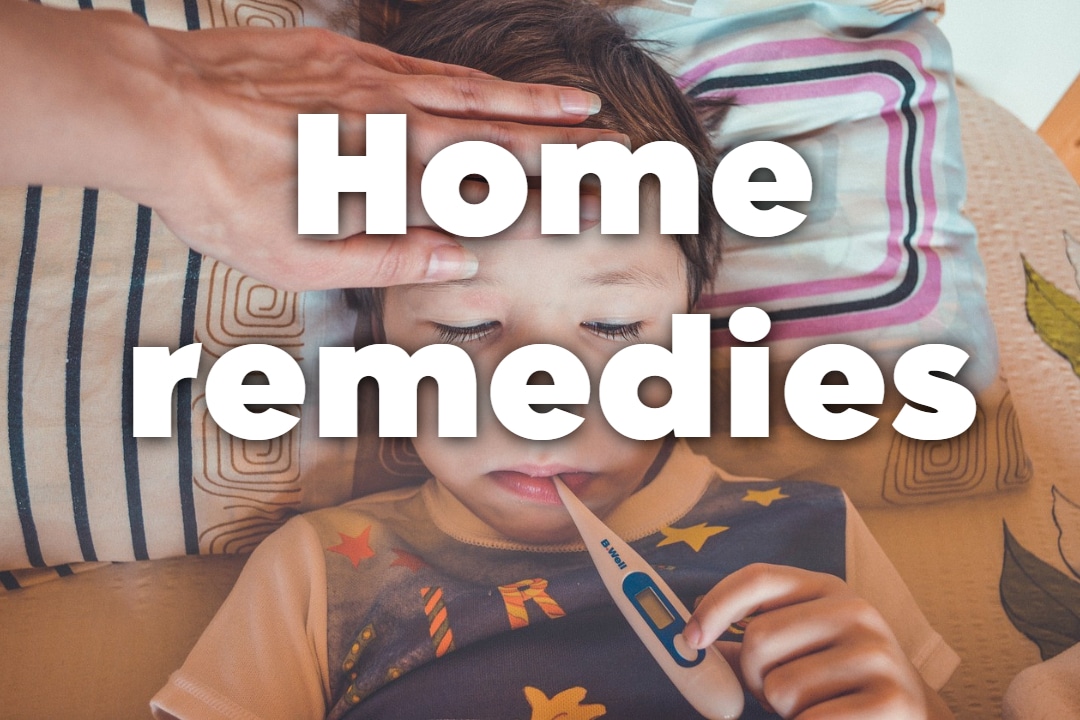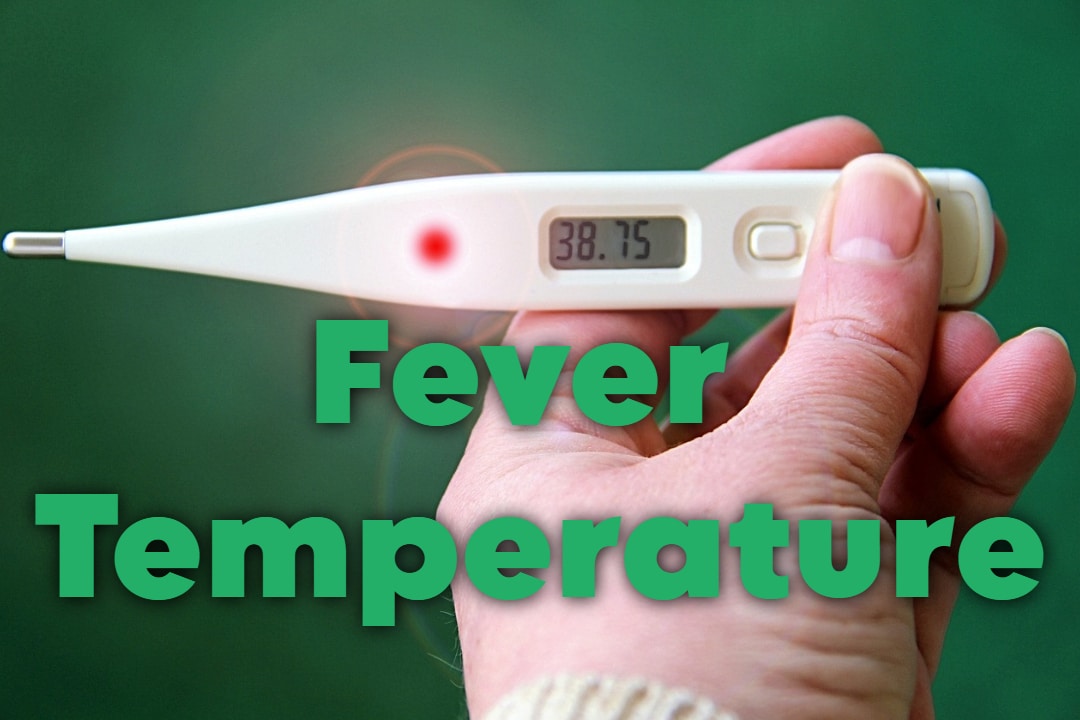Sleep is an essential pillar of good health, yet many people struggle with maintaining quality sleep. Sleep hygiene, the practice of creating a conducive environment and establishing routines for better sleep, is often overlooked but plays a pivotal role in ensuring restful nights. In this comprehensive blog, we will explore the psychology of sleep hygiene, discuss practical techniques, and emphasize its importance for overall well-being.
What is Sleep Hygiene Psychology?
Sleep hygiene psychology focuses on the relationship between behavioral, environmental, and psychological factors affecting sleep quality. Poor sleep hygiene can lead to insomnia, daytime fatigue, and even mental health issues such as anxiety and depression. Understanding the importance of sleep hygiene and implementing sleep hygiene techniques can dramatically improve one’s sleep quality and overall health.
The Importance of Sleep Hygiene
Good sleep hygiene is crucial for mental clarity, emotional stability, and physical health. It helps regulate your body’s internal clock, also known as the circadian rhythm, ensuring you fall asleep and wake up at consistent times. Research from institutions like Harvard University highlights that following a proper sleep hygiene checklist can significantly reduce symptoms of poor sleep hygiene, such as irritability, lack of concentration, and low energy levels.
Benefits of Sleep Hygiene:
| Benefits | Explanation |
|---|---|
| Better Mental Health | Reduces stress, anxiety, and risk of depression. |
| Enhanced Cognitive Function | Improves memory, focus, and decision-making skills. |
| Physical Health Improvements | Supports immune function, reduces inflammation, and promotes heart health. |
| Emotional Stability | Helps regulate mood and emotional responses. |
Key Symptoms of Poor Sleep Hygiene
Identifying symptoms of poor sleep hygiene can help you take corrective action. These symptoms often include:
- Difficulty falling asleep or staying asleep.
- Feeling tired even after a full night’s sleep.
- Frequent mood swings and irritability.
- Reduced concentration and productivity during the day.
- Increased reliance on caffeine or stimulants to stay awake.
By recognizing these symptoms, you can adopt sleep hygiene techniques tailored to your needs.
What Are the ‘5 Principles of Sleep Hygiene’?
- Maintain a Consistent Sleep Schedule
- Go to bed and wake up at the same time every day, even on weekends.
- Create a Sleep-Inducing Environment
- Keep your bedroom cool, dark, and quiet. Consider using blackout curtains or white noise machines.
- Limit Stimulants Before Bedtime
- Avoid caffeine, nicotine, and heavy meals at least 3-4 hours before sleep.
- Develop a Relaxing Pre-Sleep Routine
- Engage in calming activities such as reading, meditating, or listening to soft music.
- Avoid Electronic Devices
- Minimize exposure to blue light from screens at least an hour before bed.
The ‘5 principles of sleep hygiene’ are easy to follow yet highly effective in promoting restful sleep.
Sleep Hygiene Techniques: Practical Tips
1. Keep a Sleep Hygiene Checklist
A sleep hygiene checklist helps you track habits that affect your sleep quality. Include items such as bedtime, wake-up time, and activities before bed.
2. Use Sleep Aids Wisely
Natural aids like chamomile tea or lavender essential oil can help create a soothing atmosphere.
3. Exercise Regularly
Regular physical activity boosts sleep quality but avoid vigorous exercise close to bedtime.
4. Manage Stress Effectively
Techniques such as mindfulness meditation or journaling can reduce stress levels, improving sleep.
5. Seek Professional Help When Needed
If symptoms of poor sleep hygiene persist, consult a sleep psychologist or download a sleep hygiene PDF guide for structured advice.
Sleep Hygiene Checklist Example
| Checklist Item | Completed? (Yes/No) |
|---|---|
| Set a consistent bedtime | |
| Avoid caffeine after 2 PM | |
| Relax for 30 minutes before bedtime | |
| Avoid screen time for 1 hour | |
| Ensure the bedroom is dark and quiet |
Use this table to monitor your progress and refine your habits for better sleep.

Sleep Hygiene Resources
Many reputable organizations, such as Harvard University, provide accessible sleep hygiene PDFs and PPTs that offer detailed insights into the science and techniques of better sleep. You can also explore resources on sleep hygiene psychology through educational platforms and health websites.
FAQs on Sleep Hygiene Psychology
1. What are the ‘5 principles of sleep hygiene’?
The five principles are maintaining a consistent sleep schedule, creating a sleep-friendly environment, limiting stimulants, developing a pre-sleep routine, and avoiding blue light exposure.
2. What are common symptoms of poor sleep hygiene?
Symptoms include difficulty sleeping, daytime fatigue, mood swings, reduced concentration, and dependence on stimulants like caffeine.
3. Where can I find reliable resources on sleep hygiene?
Search for sleep hygiene PDF guides and sleep hygiene PPT presentations from reputable institutions like Harvard University.
4. How can I improve my sleep hygiene quickly?
Start by following a sleep hygiene checklist, reducing screen time, and establishing a consistent sleep routine.
5. Are there any long-term effects of poor sleep hygiene?
Chronic poor sleep hygiene can lead to serious health issues, including heart disease, diabetes, and mental health disorders.
Conclusion
Sleep hygiene psychology is the foundation of better sleep and overall well-being. By understanding the importance of sleep hygiene and implementing practical sleep hygiene techniques, you can transform your nights and days. Utilize tools like a sleep hygiene checklist or download a sleep hygiene PDF from trusted sources like Harvard to guide your journey to restful sleep.
Remember, small changes can lead to significant improvements. Start today, and enjoy the benefits of a well-rested mind and body.


